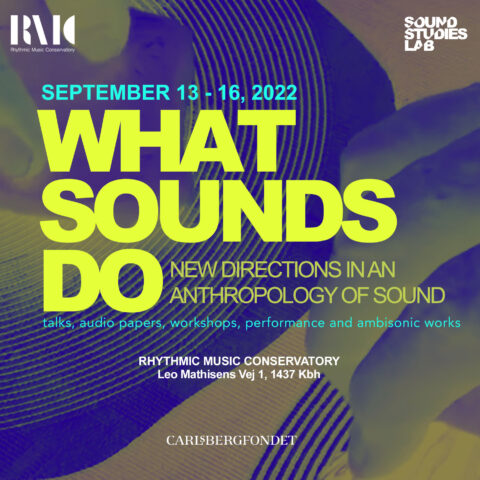Background Noise: Perspectives on Sound Art
Brandon LaBelle
Background Noise follows the development of sound as an artistic medium and illustrates how sound is put to use within modes of composition, installation, and performance. While chronological in its structure, Brandon LaBelle’s book is informed by spatial thinking – weaving architecture, environments, and the specifics of location into the work of sound, with the aim of formulating an expansive history and understanding of sound art.
At its center the book presupposes an intrinsic relation between sound and its location, galvanizing acoustics, sound phenomena, and the environmental with the tensions inherent in what LaBelle identifies as sound’s relational *dynamic. For the author, this is embedded within sound’s tendency to *become public expressed in its ability to travel distances, foster cultural expression, and define spaces while being radically flexible.
How does sound embed us within local environments while connecting us to a broader circumference? What consequence does sound art have for notions of spatiality and site-specific practice? Can we engage questions of identity and subjective experience in relation to listening and the resonance of place? Such questions are addressed through consideration of the work of a range of artists, musicians, performers, and composers, including Vito Acconci, Maryanne Amacher, Michael Asher, John Cage, Bill Fontana, Christof Migone, Max Neuhaus, Yasunao Tone, Achim Wollscheid, and Iannis Xenakis.
Intersecting material analysis with theoretical frameworks spanning art and architectural theory, performance studies, and media theory, Background Noise makes the case that sound art should be at the core of contemporary culture.
America’s First Women Philosophers is indexed in H.W. Wilson’s Essay and General Literature Index.






